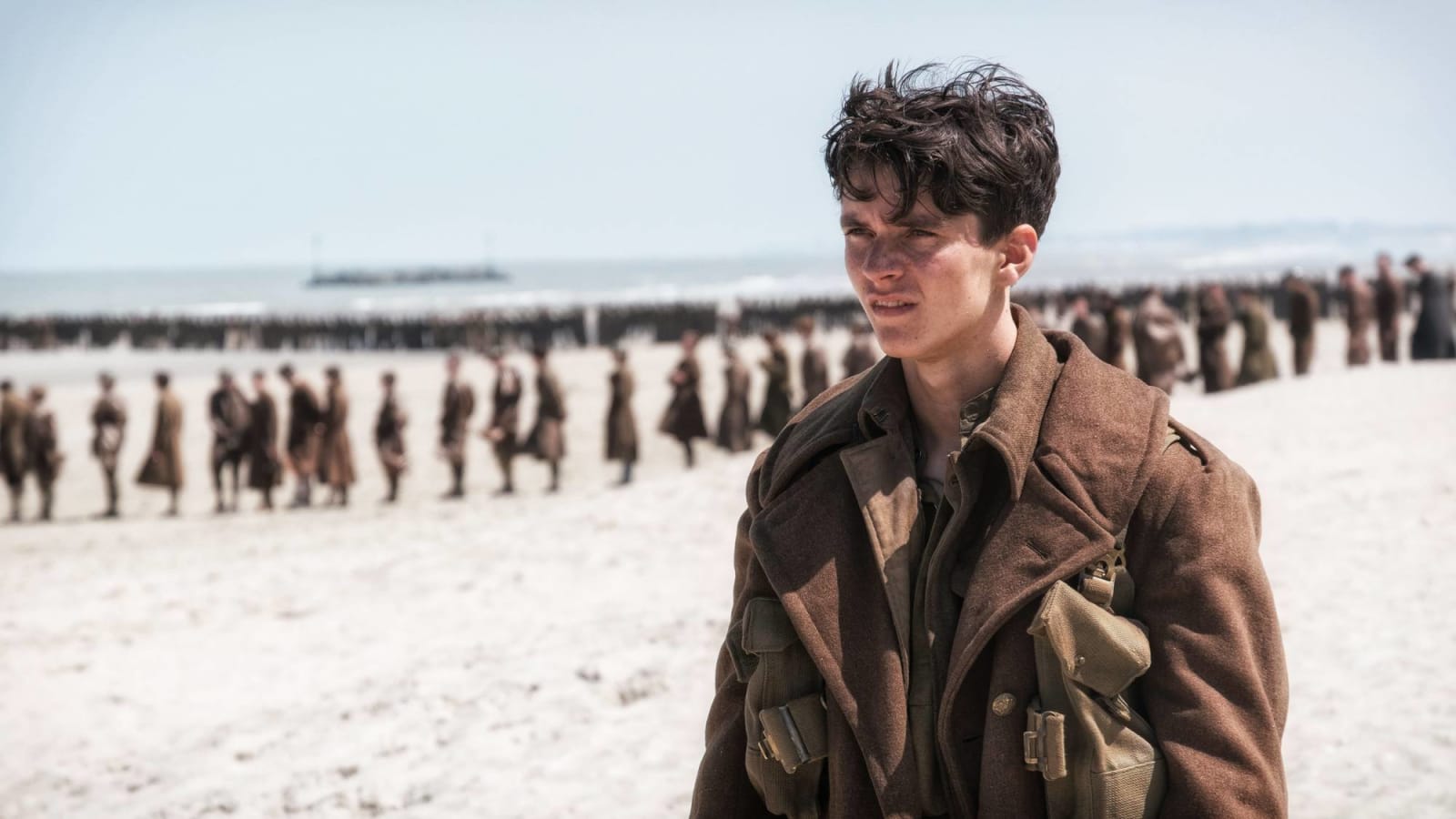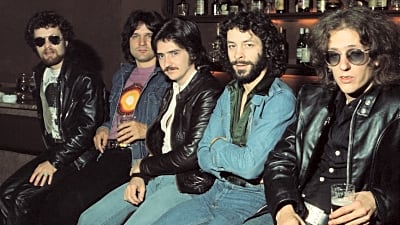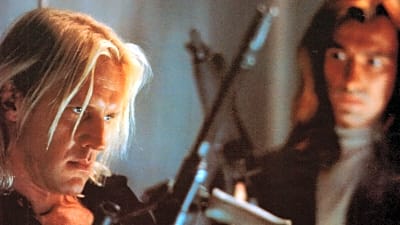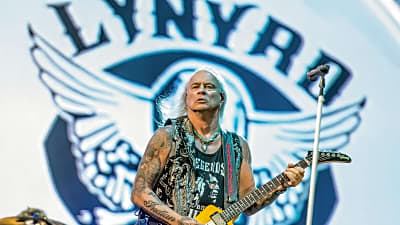
Why 'Dunkirk' should win Best Picture
There’s so much turmoil in Hollywood and the movie business in general right now that it’s difficult to care whether the Academy of Motion Picture Arts and Sciences gets it right on Oscar night. But with the rise of Netflix and other streaming options threatening to diminish or flat-out end theatrical exhibition, film industry professionals should find common cause and send a clear message to the world that there’s still no substitute for the transporting power of big-screen entertainment by naming Christopher Nolan’s large-format masterpiece “Dunkirk” as Best Picture of 2017.
Shot mostly on IMAX 65mm film, “Dunkirk” immerses viewers in the scrambling panic of an evacuation that averted certain disaster (and likely defeat) for the Allied forces in the early days of World War II. Nolan has been evangelical about the large-format experience for a decade, rightly believing that the best argument for the necessity of movie theaters is to dazzle ticket buyers with a first-rate presentation that they cannot come close to replicating at home. He seems to realize that he’s one of a handful of filmmakers who possesses the artistic vision and technical skill to deliver a cinematic event worthy of the upcharge in admission.
In terms of large-format showmanship, Nolan has been building to the triumph of “Dunkirk” since “The Dark Knight.” He shot four of the "Batman Begins" sequel's set pieces with IMAX cameras, driving comic book fans into a repeat-business frenzy. (They’d never experienced this kind of literally dizzying action in a live-action narrative feature before.) With each subsequent movie (“Inception,” “The Dark Knight Rises” and “Insterstellar”), he’s pushed the technology further and further until, at last, he arrived at the project that perfectly suited his storytelling ingenuity.
While “Dunkirk” is an extraordinary achievement on a physical level (e.g., Nolan’s distaste for CG led him to blow $5 million on a vintage plane just to crash it), it would all be impotent sound and fury without its temporally clever storyline that effortlessly threads three slightly different timelines together as a means of ratcheting up the tension while driving home the screenplay’s themes of duty and survival. Structurally, it’s Nolan’s most audacious piece of writing since his 2001 masterpiece “Memento,” as with that film, the viewer’s initial disorientation gives way to an exhilarating clarity as the plot pieces click into place.
To paraphrase Mr. Bernstein in “Citizen Kane,” it’s no trick to make an expensive-looking movie if all you want to do is make an expensive-looking movie. Indeed, other A-list filmmakers who’ve dabbled in large-format filmmaking (hi there, Michael Bay) seem to be in it for the epic scale alone. Nolan, however, has pooled all of his considerable talents, spanning multiple disciplines, in the creation of a one-of-a-kind film about survival. In the world of the movie, it’s human beings scampering every which way to escape death. As a product in the global marketplace, “Dunkirk” is about the survival of cinema itself — or at least this endangered form of it.
More must-reads:
Breaking News
Trending in Entertainment
Customize Your Newsletter
 +
+
Get the latest news and rumors, customized to your favorite sports and teams. Emailed daily. Always free!








